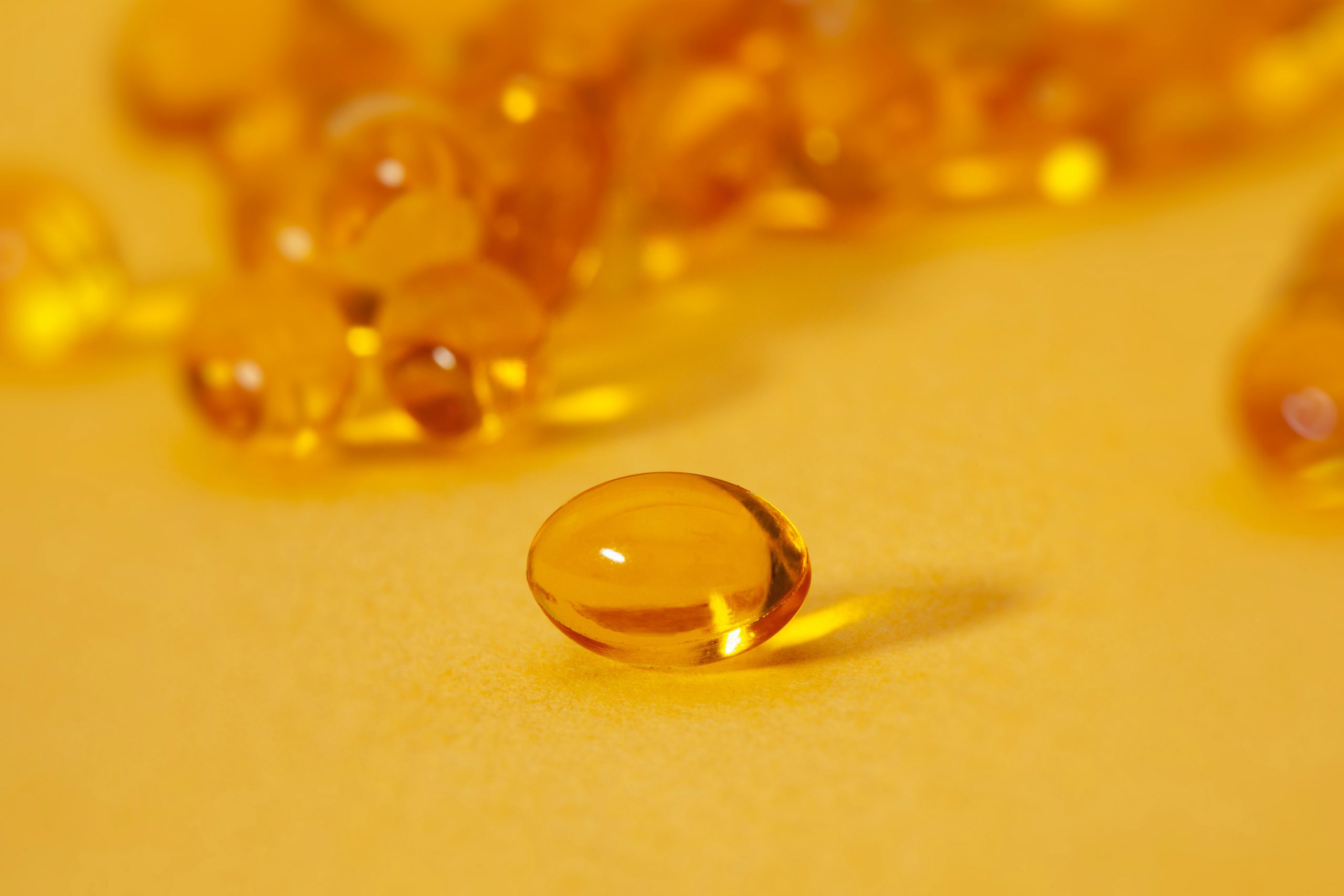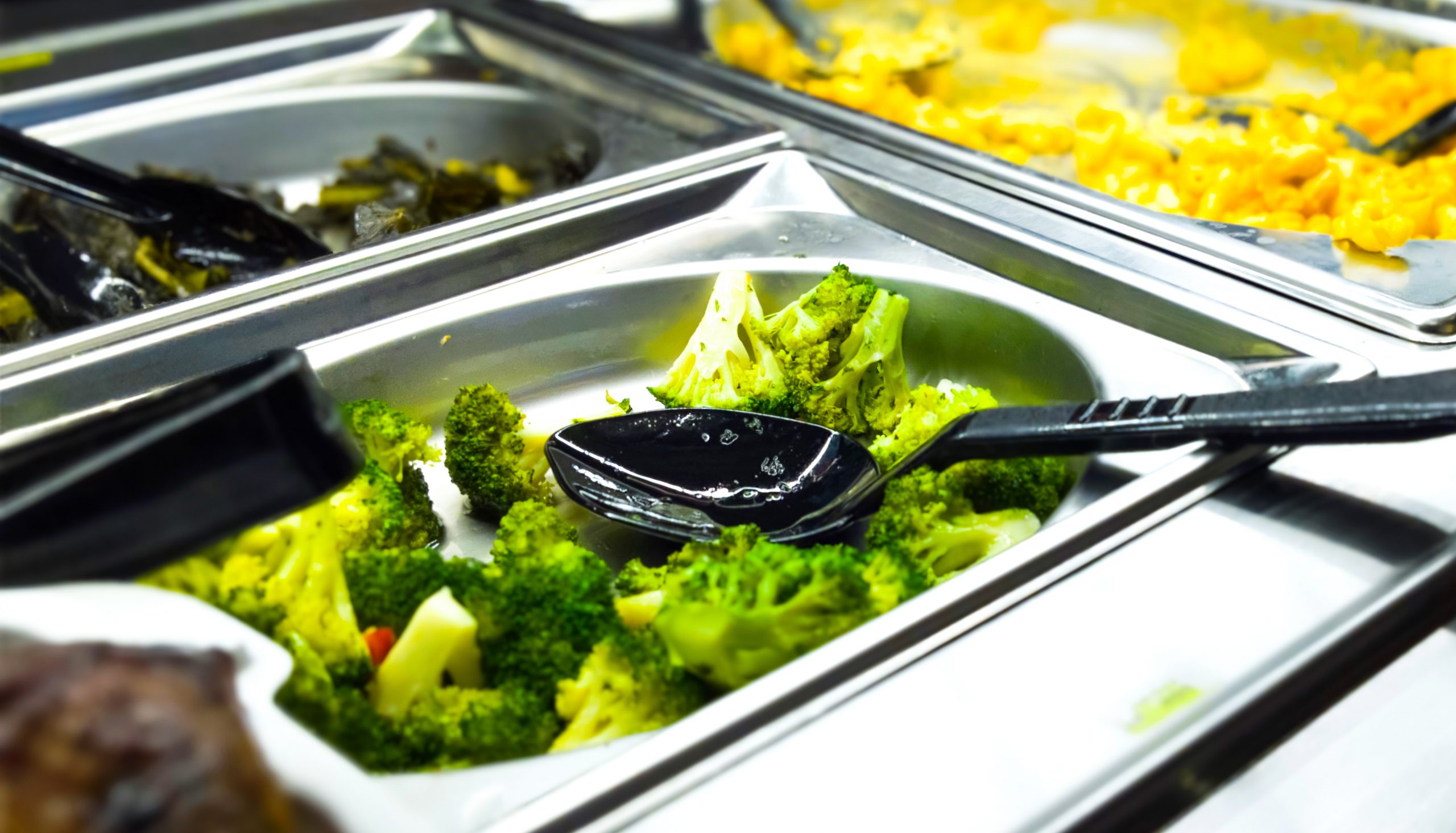Treatment of Vitamin D Insufficiency in Postmenopausal Women: A Randomized Clinical Trial
OBJECTIVE
Tocomparetheeffectsofplacebo,low-dosecholecalciferol,andhigh-dose cholecalciferol on 1-year changes in total fractional calcium absorption, bone mineral density, Timed Up and Go and five sit-to-stand tests, and muscle mass in postmenopausal women with vitamin D insufficiency.
IMPORTANCE Experts debate optimal 25-hydroxyvitamin D (25[OH]D) levels for musculoskeletal health.
OBJECTIVE Tocomparetheeffectsofplacebo,low-dose cholecalciferol,and high-dose cholecalciferol on 1-year changes in total fractional calcium absorption, bone mineral density, Timed Up and Go and five sit-to-stand tests, and muscle mass in postmenopausal women with vitamin D insufficiency.
DESIGN, SETTING, AND PARTICIPANTS This randomized, double-blind,placebo-controlled clinical trial was conducted at a single center in Madison, Wisconsin, from May 1, 2010, through July 31, 2013, and the final visit was completed on August 8, 2014. A total of 230 postmenopausal women 75 years or younger with baseline 25(OH)D levels of 14 through 27 ng/mL and no osteoporosis were studied.
INTERVENTIONS Threearmsincludeddailywhiteandtwicemonthlyyellowplacebo(n=76), daily 800 IU vitamin D3 and twice-monthly yellow placebo (n=75), and daily white placebo and twice-monthly 50,000 IU vitamin D3 (n=79). The high-dose vitamin D regimen achieved and maintained 25(OH)D levels ?30 ng/mL.
MAIN OUTCOMES AND MEASURES Outcome measures were 1-year change in total fractional calcium absorption using 2 stable isotopes, bone mineral density and muscle mass using dual-energy x-ray absorptiometry, Timed Up and Go and five sit-to-stand tests, functional status (Health Assessment Questionnaire), and physical activity (Physical Activity Scale for the Elderly), with Benjamini-Hochberg correction of P values to control for the false discovery rate.
RESULTS Afterbaselineabsorptionwascontrolledfor,calciumabsorptionincreased1%(10 mg/d) in the high-dose arm but decreased 2% in the low-dose arm (P = .005 vs high-dose arm) and 1.3% in the placebo arm (P = .03 vs high-dose arm). We found no between-arm changes in spine, mean total-hip, mean femoral neck, or total-body bone mineral density, trabecular bone score, muscle mass, and Timed Up and Go or five sit-to-stand test scores. Likewise, we found no between-arm differences for numbers of falls, number of fallers, physical activity, or functional status.
CONCLUSIONS AND RELEVANCE High-dose cholecalciferol therapy increased calcium absorption, but the effect was small and did not translate into beneficial effects on bone mineral density, muscle function, muscle mass, or falls. We found no data to support experts’ recommendations to maintain serum 25(OH)D levels of 30 ng/mL or higher in postmenopausal women. Instead, we found that low- and high-dose cholecalciferol were equivalent to placebo in their effects on bone and muscle outcomes in this cohort of postmenopausal women with 25(OH)D levels less than 30 ng/mL.




